Below are short bits & pieces on sportscard & baseball trading card collecting.
Please wander around the website for more info, prices, values & images
on vintage baseball, football, basketball, hockey, sport and non-sports cards.

1934,1935,1936 Diamond Matchbooks
During much of the Great Depression, matchbook collecting swept the country !
Sports matchbooks started appearing in the 1930s, most issued by Diamond Match Company
of New York. Over the next few years, several series were issued with
similar designs; b/w photo of the player on front with short write-up
and stats on back. The player's name and team was also printed on the 'saddle'.
Please consider the following info as approximate.
1934's first baseball release featured 200 players, in 4 different background
colors (red,blue,green and orange) for a total of 800 different covers.
The set features plenty of Hall-of-Fame greats like Dizzy Dean and Mel Ott.
1935's issue was tiny with only 24 total covers (8 red,8 blue,8 green).
A third series was later released with 200 or more different covers (players/colors).
1930's matchbook covers appear to be huge bargains for collectors as their current values
are fractions of the value of Goudey and other baseball cards from the same era.
Click for complete
1935-1936 Diamond Matchbook Checklist and Prices
Note: You may be on that page right now.
|

1955 Topps All-American Football
Checklist & Values
In 1955, college football was much more popular than the NFL. Topps response
was the 100 card 1955 Topps All-American Football card set. Topps first major
football issue featured the greatest college players from first half of the 20th century.
The 1955 Topps All-American football card set was issued in 1-card penny
packs, 9-card nickel packs and 22-card cello packs with tons of rookies
& stars including rookie card of former Supreme Court Justice Whizzer White.
TOP ROOKIES: The Four Horseman, Whizzer White, Fats Henry, Doc Blanchard,
Don Hutson, Amos Stagg, Tom Harmon, Ernie Nevers ...
TOP STARS: Knute Rockne, Jim Thorpe, Sammy Baugh, Red Grange, Otto Graham ...
Note: You may be on that page right now.
|

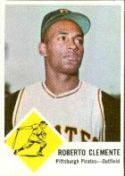
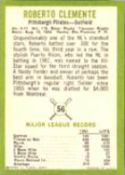
1963 Fleer Baseball Cards
Checklist & Values
1960 & 1961 Fleer baseball card sets of old-timers
like Babe Ruth bombed. Kids wanted Willie Mays & Mickey Mantle.
Topps had rights to baseball cards & gum so Fleer
tried something new ... COOKIES !!!
Cherry flavored cookies with 1963 baseball cards.
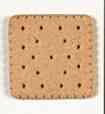
1963 Fleer baseball card set was cut short at 66 cards & checklist
by Topps lawsuit. But what 66 cards! Attractive & packed:
Clemente,Koufax... & 2 very scare Short Prints.
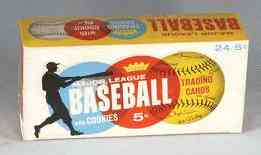
Maury Wills 'rookie' card is a story.
Majors in 1959, quickly superstar. But 1963 for rookie ???
In 1959 Topps deemed Wills NOT WORTHY.
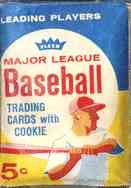
 Wills was upset. After 1962 MVP, Topps came knocking but he said "NO!".
Finally, 1967, Wills first Topps & most costly card.
Note: 1961 Post Cereal card, years BEFORE
Wills was upset. After 1962 MVP, Topps came knocking but he said "NO!".
Finally, 1967, Wills first Topps & most costly card.
Note: 1961 Post Cereal card, years BEFORE
 'official' rookie. He also photo-bombed a 1960 Topps card.
'official' rookie. He also photo-bombed a 1960 Topps card.
Disclaimer: Above mostly true - but Wills has said "no feud".
Note: You may be on that page right now.
|

Tobacco Cards
Starting approximately in 1886, sportscards, mostly baseball cards, were often
included with tobacco products, for promotional purposes and also because the
card reinforced the packaging and protected cigarettes from damage. These sports
cards are referred to as tobacco cards in the baseball card hobby. Over the next
few years many different companies produced baseball cards. Tobacco cards soon
started to disappear as the American Tobacco Company tried to develop a monopoly
by buying out other companies.
They were reintroduced in the 1900s, as American Tobacco came under pressure from
antitrust action and Turkish competition. The most famous and most expensive,
baseball card is the rare T206 Honus Wagner. The card exists in very limited
quantities compared to others of its type because Wagner forced the card to be
removed from printing. It is widely (and incorrectly) believed that Wagner did
so because he refused to promote tobacco, but the true explanation lies in a
dispute over compensation.
Soon other companies also began producing baseball and football cards. Sports magazines
such as The Sporting News were early entries to the market. Candy manufacturers
soon joined the fray and reflected a shift toward a younger target audience for cards.
Caramel companies were particularly active and baseball cards were one of the first
prizes to be included in Cracker Jacks. World War I soon suppressed baseball card
production.
© 1995-2019 "InterNet's Baseball Card Store" / Joseph Juhasz ... All Rights Reserved
|








